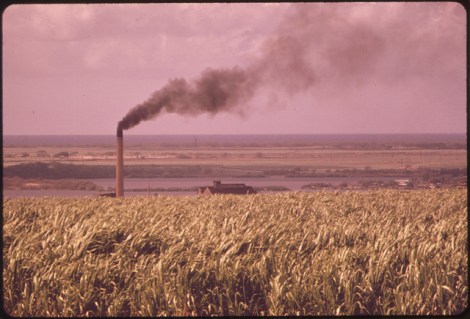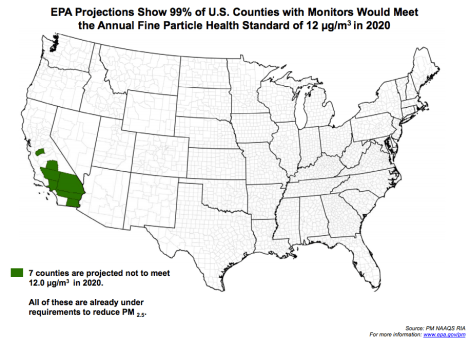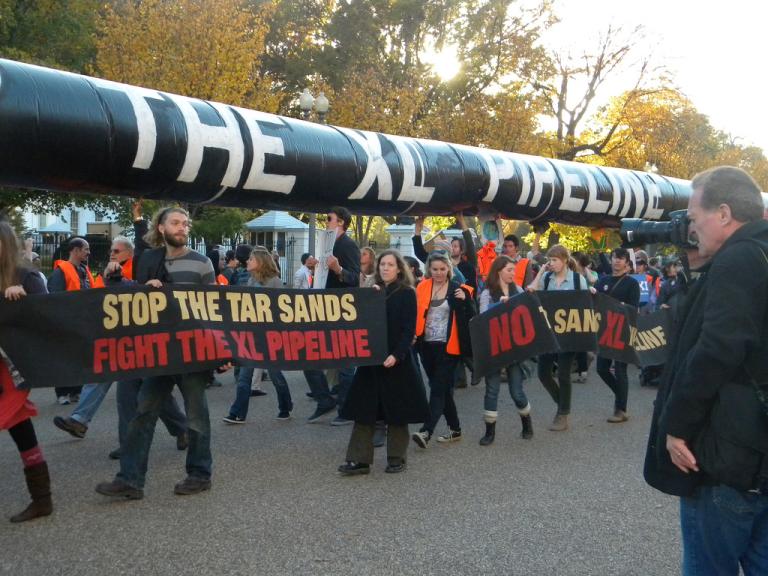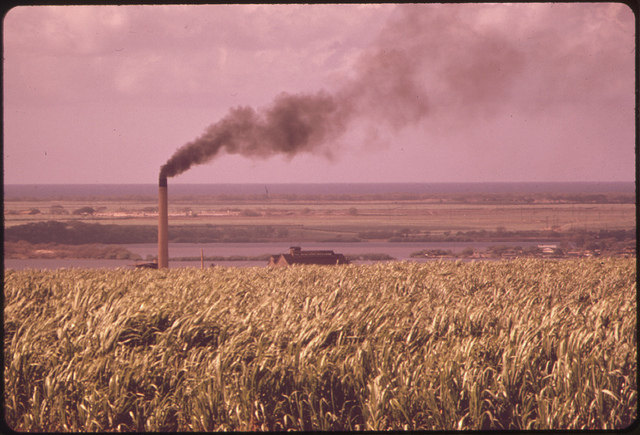At least there’s a bit of good news today: implementation of hard-fought public policy that will have a hugely beneficial effect on public health.
The EPA’s tightened standard on soot pollution — announced in June and sent for final sign-off to the White House earlier this week — has been approved.

National Archives
From The Washington Post:
The new rule limits soot, or fine particulate matter, which stems from activities ranging from burning wood to vehicle emissions, and which causes disease by entering the lungs and bloodstream. Fine particulate matter measuring less than 2.5 micrometers in diameter, or one-thirtieth the width of a human hair, ranks as the country’s most widespread deadly pollutant.
The new rule is a result of a 2009 court ruling that said the EPA standards for the amount of soot permissible in the air on an annual average ignored the advice of scientific advisers by maintaining the standard established in 1997 and must be rewritten. That limit was 15 micrograms per cubic meter of air.
The EPA cut the level to 12 micrograms per cubic meter.
That new level is actually on the lower end of what the EPA was considering — still higher than the 11 micrograms some health advocates sought, but significantly better than it could have been. At 12 micrograms, the EPA expects that America will save between $2.3 and $5.9 billion a year in health costs. By 2020, that figure could rise to $9.1 billion annually. The Sierra Club’s Mary Anne Hitt notes that as many as 15,000 premature deaths will be prevented annually. Other soot-related health problems that the new rules will help prevent, according to the EPA:
- nonfatal heart attacks,
- irregular heartbeat,
- aggravated asthma,
- decreased lung function, and
- increased respiratory symptoms, such as irritation of the airways, coughing or difficulty breathing.
Another benefit: The new limit will also improve visibility at national parks. And you’ll be alive to enjoy the views.
For states and counties, meeting the new standard may not be that difficult. An EPA compliance map suggests that only seven counties — all in California’s Central Valley and Inland Empire — won’t meet the new standard by the end of the decade.

MAP EPA
The industries responsible for particulate pollution said what you’d expect, according to The Hill.
Several industry groups, including the National Association of Manufacturers (NAM) and the American Petroleum Institute, opposed the tougher rules and warned they would thwart economic growth. NAM CEO Jay Timmons slammed EPA’s decision on Friday and said the agency should stick with the standards set in 1997.
“This new standard will crush manufacturers’ plans for growth by restricting counties’ ability to issue permits for new facilities, which makes them less attractive for new business. Essentially, existing facilities will have to be shuttered for new facilities to be built in these areas,” Timmons said in a statement.
This is what is always said.
The soot regulation is good news: lives saved, preventable damage prevented, lobbyists defeated. Now if only we could be so rational in other areas of public policy.




